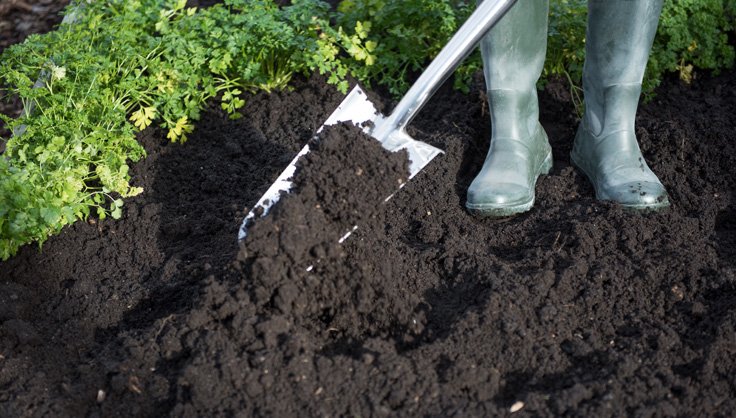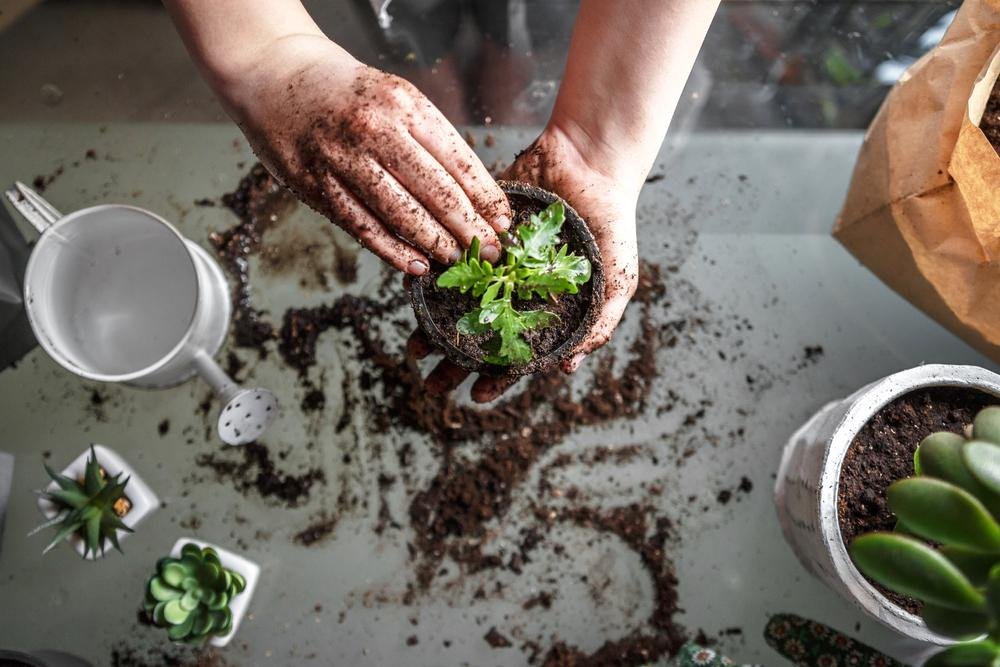Preparing soil for a garden is a crucial step in ensuring healthy plant growth and a thriving garden. Here’s a comprehensive guide on how to prepare soil for your garden:
- Assess Your Soil: Start by assessing the quality of your soil. Determine its texture (sandy, loamy, clayey) and pH level using a soil test kit. This will help you understand its composition and any deficiencies it may have.
- Clear the Area: Remove any weeds, rocks, debris, or existing vegetation from the area where you plan to create your garden bed. This will provide a clean slate for your plants to grow without competition.
- Till the Soil: Use a garden tiller or a shovel to till the soil to a depth of 6 to 8 inches. This helps loosen compacted soil, improves aeration, and facilitates root penetration.
- Amend the Soil: Based on the results of your soil test, amend the soil to correct any deficiencies and improve its fertility. Common soil amendments include:
- Organic Matter: Incorporate compost, well-rotted manure, or leaf mold to add nutrients, improve soil structure, and enhance water retention.
- Fertilizers: Add organic or synthetic fertilizers to provide essential nutrients like nitrogen, phosphorus, and potassium for plant growth.
- Lime or Sulfur: Adjust the pH of the soil if necessary by adding lime to raise pH (for acidic soil) or sulfur to lower pH (for alkaline soil).
- Mix Amendments: Use a rake or garden fork to thoroughly mix the amendments into the soil. Aim for an even distribution of organic matter and fertilizers throughout the soil.
- Level the Soil: Smooth out the soil surface using a rake to create a level planting bed. This will ensure even moisture distribution and make it easier to plant and maintain your garden.
- Create Raised Beds (Optional): If you prefer raised beds, build frames using wood, bricks, or other materials and fill them with a mixture of topsoil, compost, and other organic matter. Raised beds offer better drainage, soil aeration, and easier access for planting and maintenance.
- Mulch the Soil: Apply a layer of organic mulch such as straw, wood chips, or shredded leaves to the soil surface. Mulch helps retain soil moisture, suppress weeds, and regulate soil temperature.
- Water Thoroughly: Water the soil thoroughly after preparation to settle it and ensure proper moisture levels for planting. Aim to keep the soil consistently moist but not waterlogged.
- Monitor and Maintain: Regularly monitor the soil moisture, fertility, and pH levels throughout the growing season. Make adjustments as needed by adding more amendments or fertilizers to keep your garden soil healthy and productive.

By following these steps, you can effectively prepare soil for your garden and create an optimal growing environment for your plants to thrive and flourish.


Leave A Comment